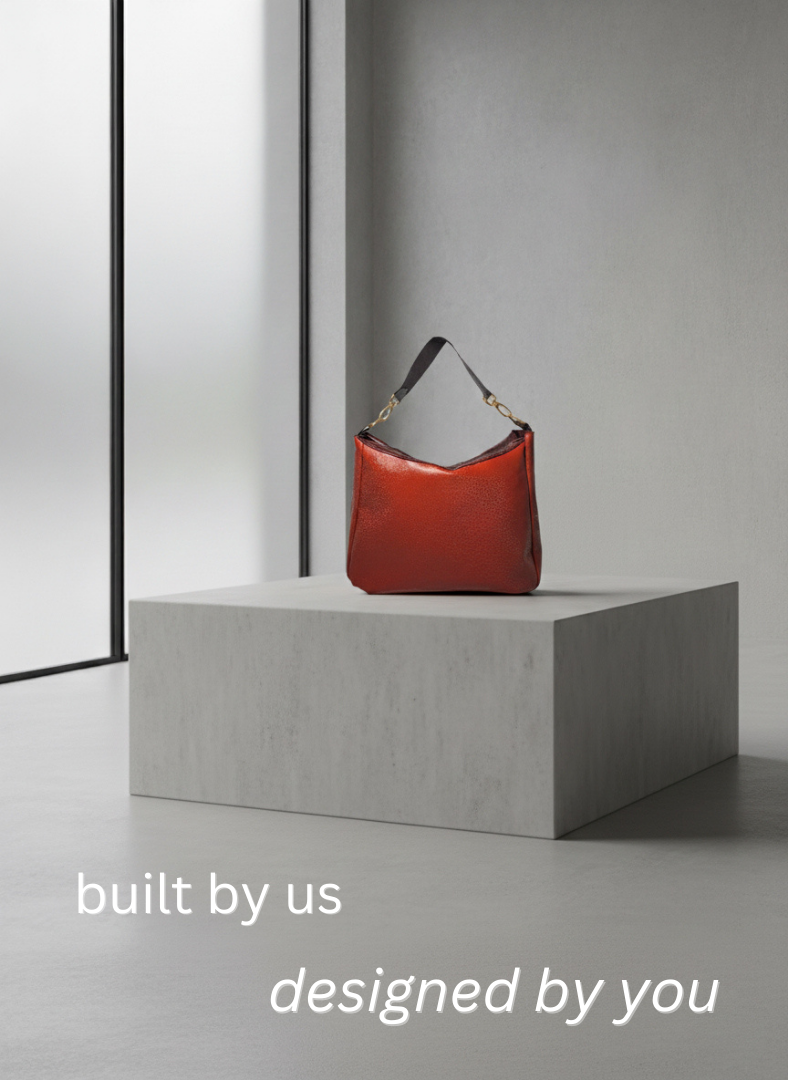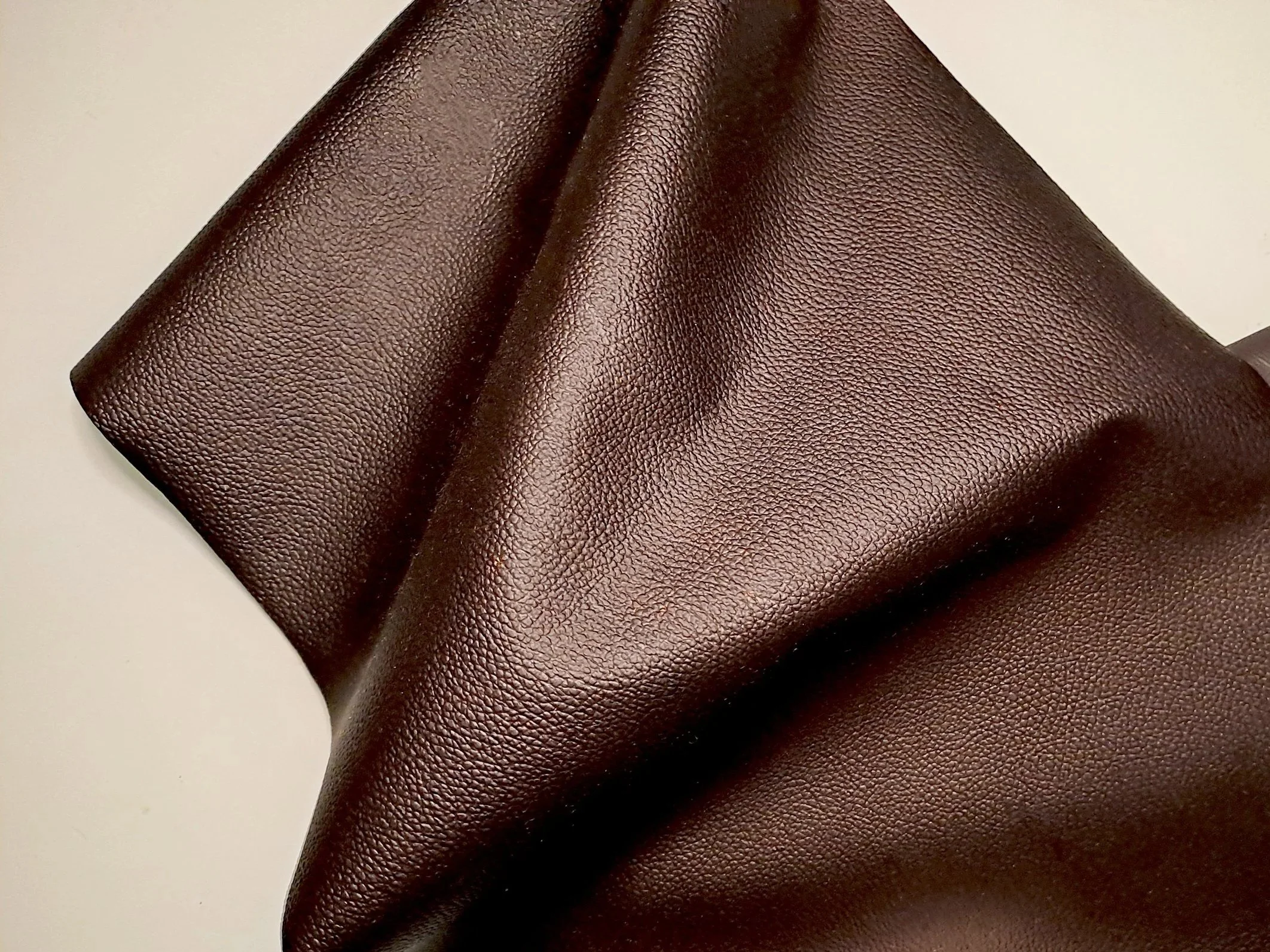Sapro-Tech combines science and design to disrupt the conventional textile industry. With our exclusive technology, Sapro-Tech is producing innovative, long-lasting, and visually appealing biopolymer-based textiles. These sustainable alternatives will revolutionise the fashion industry and extend their application to various other sectors
Our latest breakthrough
〰️
Our latest breakthrough 〰️
Inspired by our work with mycelium and fungi over the last three years, Sapro-Tech’s latest creation is a patent pending material that is an industry breakthrough. Using 100% natural materials derived from fungi and plants, Sapro-Tech has created a leather material that rivals animal leather, with incredible growth times and performance. The result: a sustainable, cost effective and competitive leather that is biodegradable, plastic-free and animal-free. Sapro-Tech is already producing samples for our pioneer partners to make prototype products from.
Want to hear more?
FAQs
-
Mycelium (plural mycelia) is the vegetative part of a fungus. This mycelium grows into a dense network of thread-like filaments, similar to the roots of a plant.
-
The fashion biomaterials sector is rapidly evolving as the industry seeks high-performance alternatives to legacy materials with heavy environmental footprints—particularly animal leather and fossil-fuel-based synthetics. This shift is driven by consumer demand, regulatory pressure, and ESG mandates pushing for decarbonization, biodegradability, and circularity across supply chains.
Within this landscape, sustainable biopolymer composite leathers represent a next-generation solution: bridging the gap between natural aesthetic, mechanical durability, and ecological responsibility.
Unlike conventional faux leathers—which often rely on PU/PVC plastics—our biopolymer material is 100% plastic-free, derived from renewable feedstocks, and engineered to perform like animal hide while offering customizability in texture, thickness, drape, and finish. Its scalable, cost-competitive production allows brands to transition away from extractive systems without sacrificing design freedom or margin.
As part of the biomaterials movement, this leather alternative complements other innovations like mycelium, plant-based fibers, and microbial dyes—but uniquely balances performance, scalability, and affordability, making it a viable drop-in solution for mainstream and luxury fashion alike.
-
We’d love to hear from you! You can contact us directly via our get involved page, join our newsletter, or follow us on our social media accounts.




